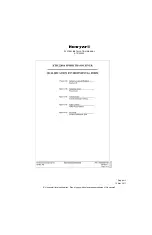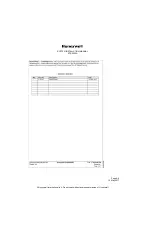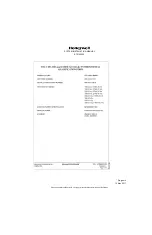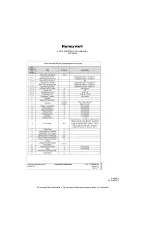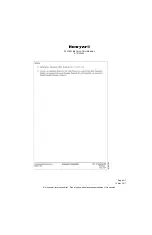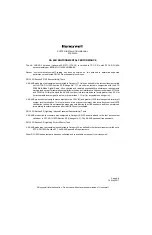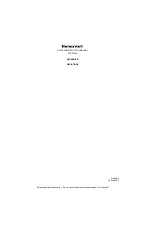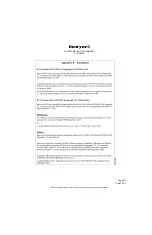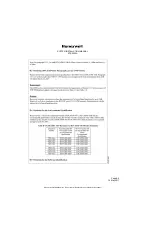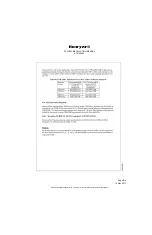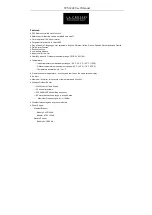
SYSTEM INSTALLATION MANUAL
KTR 2280A
Page 3-3
15 May 2017
© Honeywell International Inc. Do not copy without express permission of Honeywell.
The downlink message data bits transferred to the KTR 2280A modulate the RF carrier at a rate
of 2,400 bps using the DSB-AM MSK modulation scheme.
The KTR 2280A also controls when to access the channel to transmit data. The data link
channel selection is still controlled by the CMF, but channel selection messages are exchanged
through the same high-speed ARINC 429 interface used to exchange AOA messages which
simplifies wiring.
B
VDL Mode 2
VDL Mode 2 is the term used to describe a suite of air/ground protocols that increases the data
rate of the air/ground link to 31,500 bps.
VDL Mode 2 allows the transition from character-oriented ACARS protocols for end-to-end
delivery of messages to one that uses bit-oriented ATN protocols using the same VHF ground
and aircraft radios. The KTR 2280A Mode 2 capability supports the transmission and reception
of standard ACARS messages using a protocol referred to as AOA.
The KTR 2280A Mode 2 capability also supports the transmission and reception of bit-oriented
ATN application messages such as CPDLC. The set of VDL Mode 2 protocols consist of the
physical layer protocol, channel access protocol, data link service and management protocol,
and Mode 2 network access protocol. The physical layer protocol includes the modulation, data
rate, and forward error correction techniques used to transmit data over the air/ground link.
The channel access protocol is the method that allows multiple aircraft to communicate with the
ground stations on the same frequency. The data link service and management protocol
includes procedures to establish, maintain and hand-off an air/ground link, and ensure
error-free delivery of messages. The network access protocol is the interface between users
and the Mode 2 air/ground link service providers. As in Mode A, only the physical layer and
channel access protocols are performed by the KTR 2280A while the data link service and
management, and the network access protocols are performed by the CMF.
The VDL Mode 2 physical layer protocol employs a bit transmission rate of 31,500 bps over the
air/ground link on a single 25-kHz channel. The increased utilization of the 25-kHz channel is
achieved by use of a bandwidth modulation scheme known as D8PSK. A D8PSK transmitter
transmits a carrier whose phase is modulated by the data. The phase can be 0, 45, 90, 135,
180, 225, 270, or 315 degrees. The rate at which the carrier phase is changed is the modulation
rate.
The phase difference or D8PSK symbol between successive phase changes can be equal to
0, 45, 90, 135, 180, 225, 270, or 315 degrees. Since there are eight possible phase differences,
each phase change (D8PSK symbol) represents three bits of information: 000, 001, 011, 010,
110, 111, 101, or 100.
For example, if the phase changes at a 10.5-kHz rate, the bit transmission rate is equal to 31.5
Kbps. The VDL Mode 2 D8PSK modulator uses the bits in the message, three at a time, to
select the carrier phase change at a rate of 10,500 D8PSK symbols each second. A 10.5-kHz
D8PSK phase modulation rate corresponds to a D8PSK bit transmission rate of 31.5 Kbps.
The VDL Mode 2 channel access protocol is CSMA modified to let all terminals to have equal
chances to access the channel when multiple terminals have data to transmit. The ability to



















